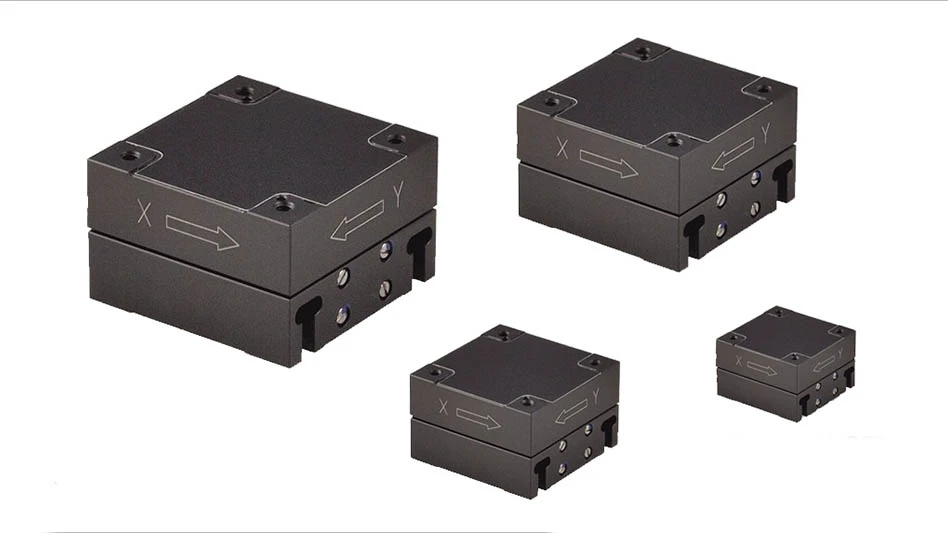
MIT engineers have designed the first simple process for manufacturing materials that strongly repel oils. The material can be applied as a flexible surface coating and, for example, the material could be used to help protect parts of airplanes or rockets that are vulnerable to damage from being soaked in fuel, such as rubber gaskets and O-rings.
"These are vulnerable points in many aerospace applications" says Robert Cohen, the St. Laurent Professor of Chemical Engineering and an author of a paper on the work. "It would be nice if you could spill gasoline on a fabric, or a gasket, or another surface and find that instead of spreading, it just rolled off."
Creating a strong oil-repelling, or oleophobic, material has been challenging for scientists; there are no natural examples of such a material. "Nature has developed a lot of methods for waterproofing, but not so much oil-proofing," says Gareth McKinley, MIT School of Engineering Professor of Teaching Innovation in the Department of Mechanical Engineering, and a member of the research team.
The tendency of oils and other hydrocarbons to spread out over surfaces is due to their very low surface tension – a measure of the attraction between molecules of the same substance. Water, on the other hand, has a very high surface tension and tends to form droplets.
The MIT team overcame the surfacetension problem by designing a material composed of specially prepared microfibers that essentially cushion droplets of liquid, allowing them to sit, intact, just above the material's surface.
When oil droplets land on the material, which resembles a thin fabric or tissue paper, they rest atop the fibers and pockets of air trapped between the fibers. The large contact angle between the droplet and the fibers prevents the liquid from touching the bottom of the surface and wetting it.

A steel mesh coated with a polymer containing a low concentration of a synthesized molecule called fluoroPOSS can repel water (dyed blue), but attracts the flammable fuel hexadecane (dyed red), allowing it to be used to separate the two substances. In a different concentration, fluoroPOSS can be used to repel both oil and water.
The microfibers are a blend of a specially synthesized molecule called fluoroPOSS, which has an extremely low surface energy, and a common polymer. They can be readily deposited onto many types of surfaces, including metal, glass, plastic and even biological surfaces such as plant leaves, using a process known as electrospinning.
The researchers have also developed some dimensionless design parameters that can predict how stable the oleophobicity (oil-resistance) between a particular liquid and a surface will be. These design equations are based on structural considerations, particularly the re-entrant nature (concavity) of the surface roughness, and on three other factors: the liquid's surface tension, the spacing of the fibers, and the contact angle between the liquid and a flat surface.
Using these relationships, the researchers can design fiber mats that are optimized to repel different hydrocarbons. They have already created a non-woven fabric that can separate water and octane (jet fuel), which they believe could be useful for hazardous waste cleanup.
The Air Force, which funded the research and developed the fluoroPOSS molecules, is interested in using the new material to protect components of airplanes and rockets from jet fuel.

Explore the January February 2008 Issue
Check out more from this issue and find your next story to read.
Latest from Aerospace Manufacturing and Design
- Boom Supersonic to launch Symphony engine testing in Colorado
- Next-generation precision measurement solution
- #60 - Manufacturing Matters: What's ahead in manufacturing in 2025?
- Talking machine tools with the professionals who build them
- Tools and strategies for improving your machining processes
- America Makes announces QTIME project call
- Innovation meets precision for 40% faster machining
- Upcoming webinar: Pro tips from a supply chain strategist





